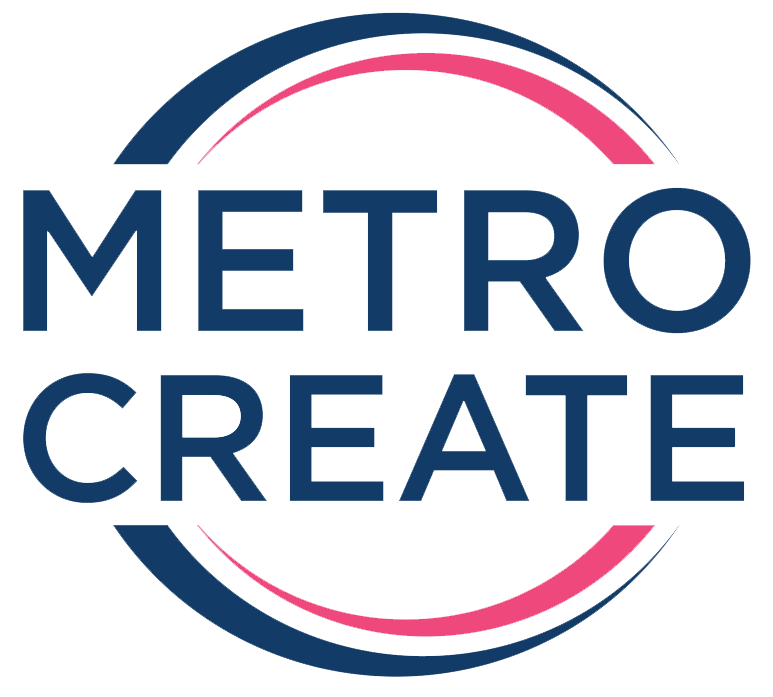Welcome to our Website Design FAQ page, your go-to resource for unraveling the mysteries of creating stunning, user-friendly websites. Whether you’re a seasoned web entrepreneur or just embarking on your digital journey, we’ve compiled the most commonly asked questions and their concise, enlightening answers. From the nuts and bolts of design to the intricacies of user experience, we’ve got you covered. So, let’s embark on this adventure through the world of web design and make your online presence shine brighter than ever before.
Website design is the process of creating the visual and structural elements of a website, including its layout, colors, typography, and overall user interface.
A well-designed website enhances user experience, conveys professionalism, and helps businesses achieve their goals, such as attracting customers or sharing information.
A responsive design ensures that a website adapts to different screen sizes and devices, providing an optimal viewing experience for all users.
UX (User Experience) design focuses on improving the overall experience of users on a website, while UI (User Interface) design deals with the visual and interactive elements.
A designer focuses on the visual aspects of a website, while a developer is responsible for the technical aspects, such as coding and functionality.
The timeline for website design varies depending on complexity and client requirements. It can take anywhere from a few weeks to several months.
The cost of website design varies widely, but a simple website can cost a few hundred dollars, while complex e-commerce sites can cost several thousand.
A wireframe is a basic, visual representation of a webpage's layout, showing the placement of elements without design details.
A prototype is an interactive model of a website, allowing users to experience its functionality and layout before development.
Custom design is unique and tailored to a specific business, while template-based design uses pre-designed layouts that can be customized to some extent.
SEO (Search Engine Optimization) involves optimizing a website's structure and content to rank higher in search engine results, increasing visibility.
A domain name is your website's address. Choose one that reflects your brand, is easy to remember, and is relevant to your content.
Web hosting is the service that stores your website's files and makes it accessible on the internet.
A CMS is a software platform that allows users to easily create, edit, and manage website content without advanced technical knowledge.
Not necessarily. A responsive website can serve both desktop and mobile users effectively. However, apps are useful for specific functionalities or user engagement.
Regularly update software, use strong passwords, employ SSL encryption, and back up your website data to enhance security.
Optimize images, use browser caching, reduce HTTP requests, and consider using a content delivery network (CDN).
User accessibility ensures that websites are usable by individuals with disabilities. It involves providing features like alt text for images and keyboard navigation.
A/B testing involves comparing two versions of a webpage to determine which one performs better in terms of user engagement or conversion rates.
You can add social media sharing buttons, embed feeds, and include links to your social profiles to encourage interaction.
Landing pages are specific pages designed to capture user information, such as email addresses, usually through a form. They are often used in marketing campaigns.
Clear navigation helps users find the information they seek quickly, improving their experience and reducing bounce rates.
A CTA is a prompt that encourages users to take a specific action, such as signing up for a newsletter or making a purchase. Use it strategically to guide user behavior.
Website analytics tools track user behavior, helping you understand how visitors interact with your site. This data can guide improvements and measure the success of your goals.
Depending on your website platform, you can often make content updates yourself through a user-friendly content management system (CMS). For more complex changes, a developer may be required.


